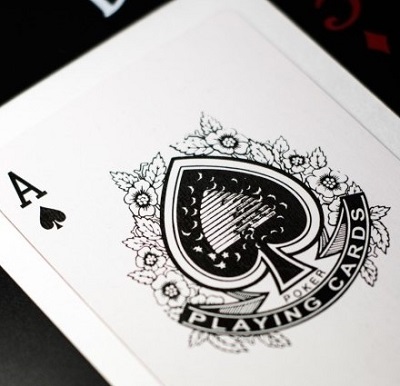This is part of our
GRE Math Essentials project & GRE Math Essentials - A most comprehensive handout!!! that are the best complement to our
GRE Math Book. It provides a cutting-edge, in-depth overview of all the math concepts from basic to mid-upper levels. The book still remains our hallmark: from basic to the most advanced GRE math concepts tested during the exam. Moreover, the following chapters will give you many tips, tricks, and shortcuts to make your quant preparation more robust and solid.
Probability is the measure of the chance of occurrence of a future event. It tells us how likely we expect the event to happen.
Probability of an event occurring \(= \frac{Number of favourable outcomes }{Number of all possible outcomes}\)
Note :
(
a). If an event E is sure to occur, we say that the probability of the event E is equal to 1 and we write \(P (E) = 1\).
(
b). If an event E is sure not to occur, we say that the probability of the event E is equal to 0 and we write \(P (E) = 0\). Therefore for any event E, \(0 ≤ P (E) ≤ 1\)
Mathematical definition of probability :
(A) If the outcome of an operation can occur in n equally like ways, and if m of these ways are favorable to an event E, the probability of E, denoted by \(P (E)\) is given by \(P (E) = \frac{m}{n}\)
(B) As \(0 ≤ m ≤ n\), therefore for any event E, we have \(0 ≤ P (E) ≤ 1\)
(C) The probability of E not occuring, denoted by P(not E), is given by \(P(not E)\) or \( P(E') = 1 – P(E)\)
(D) Odds in favour \(=\frac{ No. of favourable cases }{ No. of unfavorable cases}\)
(E) Odds against \(= \frac{No. of unfavourable cases }{ No. of favorable cases}\)
Mutually Exclusive Events :
Two events are mutually exclusive if one happens, the other can’t happen & vice versa. In other words, the events have no common outcomes. For example
(
a). In rolling a die
E :– The event that the no. is odd
F :– The event that the no. is even
G :– The event that the no. is a multiple of three
(
b). In drawing a card from a deck of 52 cards
E :– The event that it is a spade
F :– The event that it is a club
G :– The event that it is a king
In the above 2 cases events E & F are mutually exclusive but the events E & G are not mutually exclusive or disjoint since they may have common outcomes.Addition law of Probability :
If E & F are two mutually exclusive events, then the probability that either event E or event F will occur in a single trial is given by :
P(E or F) = P(E) + P(F)If the events are not mutually exclusive, then
P(E or F) = P(E) + P(F) – P(E & F together).
Note :
Compare this with n(A ∪ B) = n(A) + n(B) – n(A ∩ B) of set theory. Similarly
P (neither E nor F) = 1 – P(E or F).
Independent Events:
Two events are independent if the happening of one has no effect on the happening of the other.
Example :
1.On rolling a die & tossing a coin together
E :– The event that no. 6 turns up.
F :– The event that head turns up.
2.In shooting a target
E :– Event that the first trial is missed.
F :– Event that the second trial is missed.
In both these cases events E & F are independent. BUT 3. In drawing a card from a well-shuffled pack
E :– Event that first card is drawn
F :– Event that second card is drawn without replacing the first
G :– Event that second card is drawn after replacing the first
In this case E & F are not Independent but E & G are independent.
Multiplication Law of Probability:
If the events E & F are independent then
P(E & F) = P (E) x P (F) & P (not E & F) = 1 – P (E & F together).
Attachment:
 GRe probability.jpg [ 69.31 KiB | Viewed 42710 times ]
GRe probability.jpg [ 69.31 KiB | Viewed 42710 times ]







